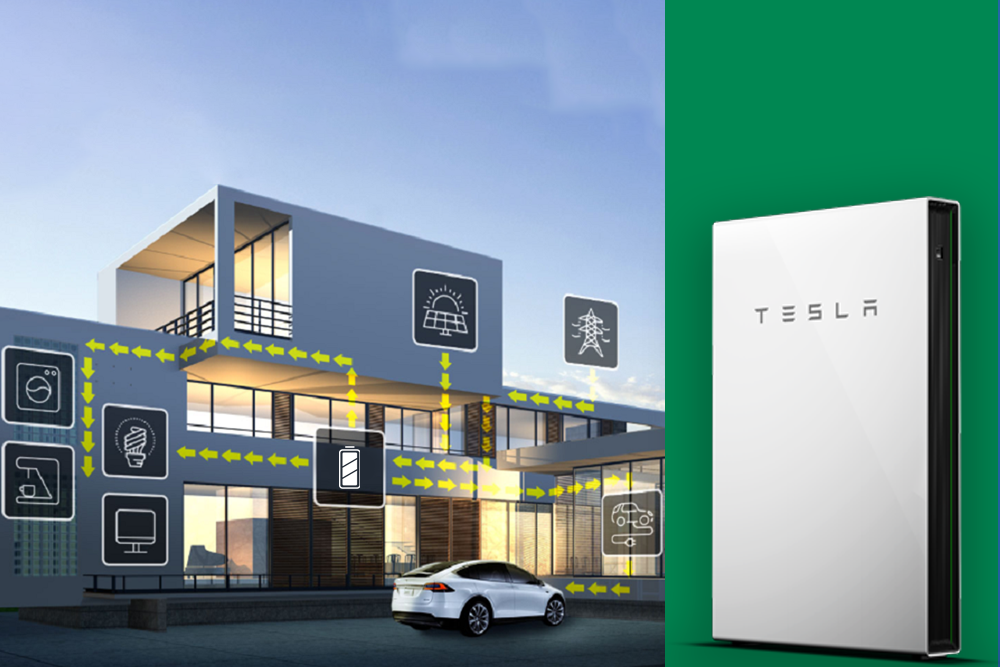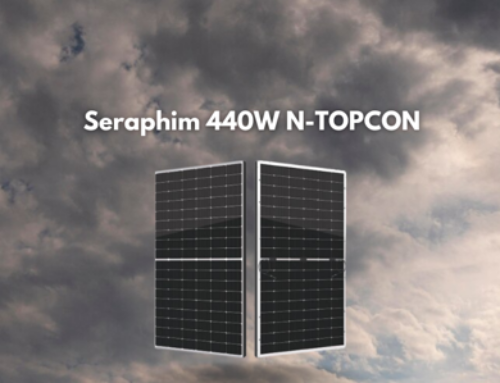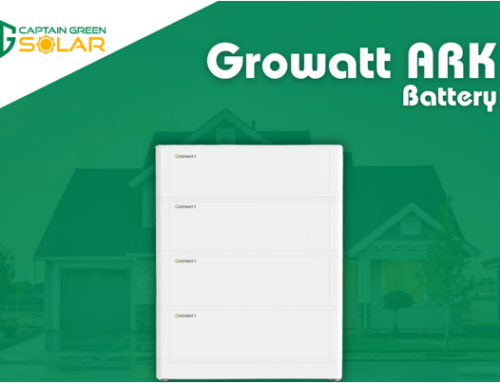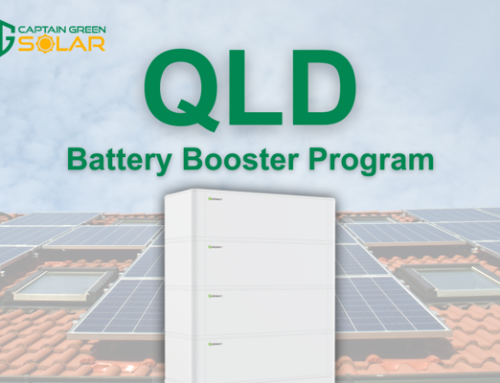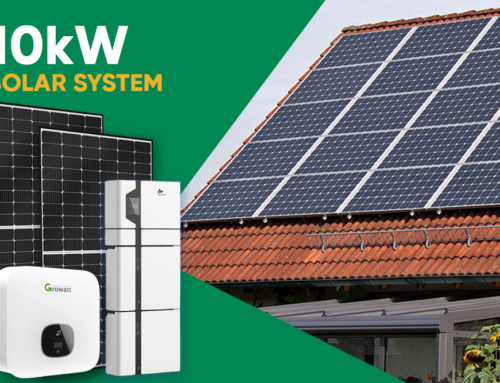Renewable energy sources, such as solar and wind, are increasingly being used to generate electricity. While these sources offer many benefits, they also have one major limitation: they are intermittent, meaning that they do not always produce electricity. To overcome this limitation and enable the reliable use of renewable energy, many renewable energy systems include battery storage. In this article, we’ll take a closer look at the role of battery storage in renewable energy systems and how it can help to maximise the benefits of renewable energy.
1. Storing excess energy:
One of the main functions of battery storage in renewable energy systems is to store excess energy for use during periods of low production or high demand. For example, a solar energy system may generate more electricity than is needed during the day, but this excess energy can be stored in a battery for use at night or during times of low solar radiation. This can help to smooth out fluctuations in renewable energy production and ensure a consistent supply of electricity.
2. Providing backup power:
Battery storage can also be used to provide backup power in the event of a power outage or other interruption in the electricity supply. For example, an off-grid solar energy system may rely on a battery storage system to provide power when the solar panels are not generating enough electricity. This can help to ensure that essential services, such as lighting and heating, are maintained during outages.
3. Enabling the integration of renewable energy into the grid:
Battery storage can also play a role in the integration of renewable energy into the electrical grid. When connected to the grid, renewable energy systems can feed excess energy back into the grid, which can help to offset the need for fossil fuels and reduce greenhouse gas emissions. However, the intermittent nature of renewable energy can pose challenges for grid stability. By storing excess energy in a battery, renewable energy systems can help to balance the supply and demand of electricity on the grid and enable the integration of more renewable energy.
4. Enhancing energy security:
In some cases, battery storage can help to enhance energy security by providing an alternative source of electricity in the event of a disruption in the energy supply. For example, a hybrid solar energy system with battery storage can provide electricity during an outage, helping to reduce reliance on fossil fuels and increase energy independence.
There are several different types of battery storage technologies available, each with its own unique features and benefits. Some things to consider when choosing a battery storage system include:
• Capacity:
The capacity of a battery storage system refers to the amount of electricity it can store. The capacity of a battery storage system should be sufficient to meet the energy needs of the system it is being used in.
•Life cycle:
The life cycle of a battery refers to the number of times it can be charged and discharged before it reaches the end of its useful life. Batteries with a longer life cycle can be more cost-effective in the long run.
•Efficiency:
The efficiency of a battery storage system refers to the percentage of energy that is lost during charging and discharging. Higher efficiency batteries can help to maximise the benefits of renewable energy.
•Cost:
The cost of a battery storage system is an important factor to consider, as it can impact the overall cost and ROI of a renewable energy system.
Battery storage is an important component of renewable energy systems, as it enables the reliable and efficient use of renewable energy. By understanding the role of battery storage in renewable energy systems and choosing the right battery storage technology, you can maximise the benefits of renewable energy and enhance your energy security.

